How To Choose The Right Motor For Your FPV Drone
Find the perfect motors for your FPV drone. Our complete guide covers every class, from Tiny Whoops to 7" long-range, with expert advice on KV, stator size, and performance
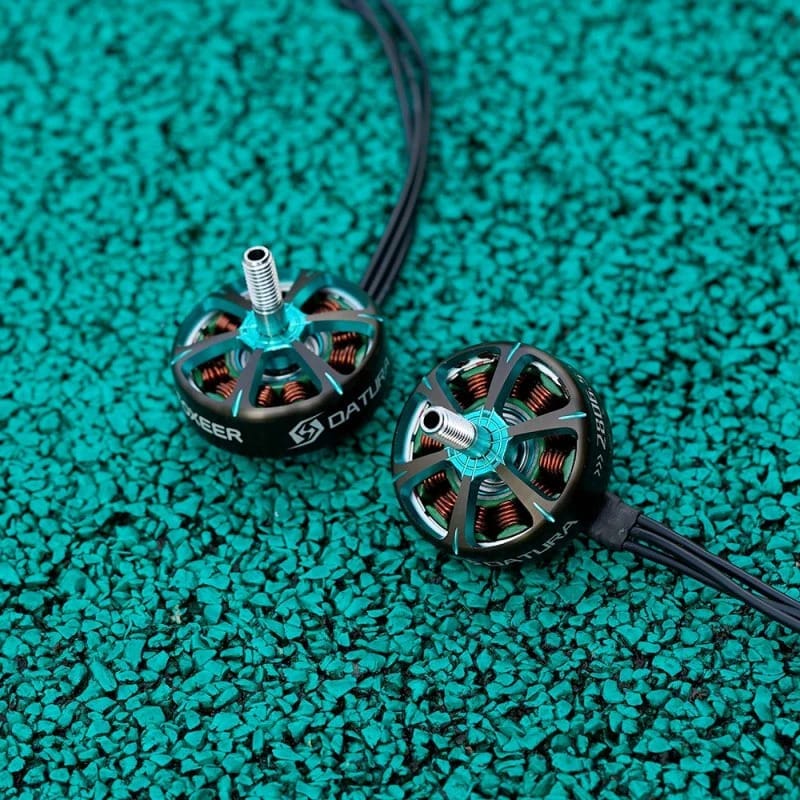
Selecting the optimal motors for your FPV drone is a critical engineering decision that directly impacts flight performance, efficiency, and handling characteristics. This comprehensive guide breaks down motor selection across all frame classes.
Understanding Motor Fundamentals
Before diving into specific frame requirements, it's essential to understand the key parameters that define motor performance:
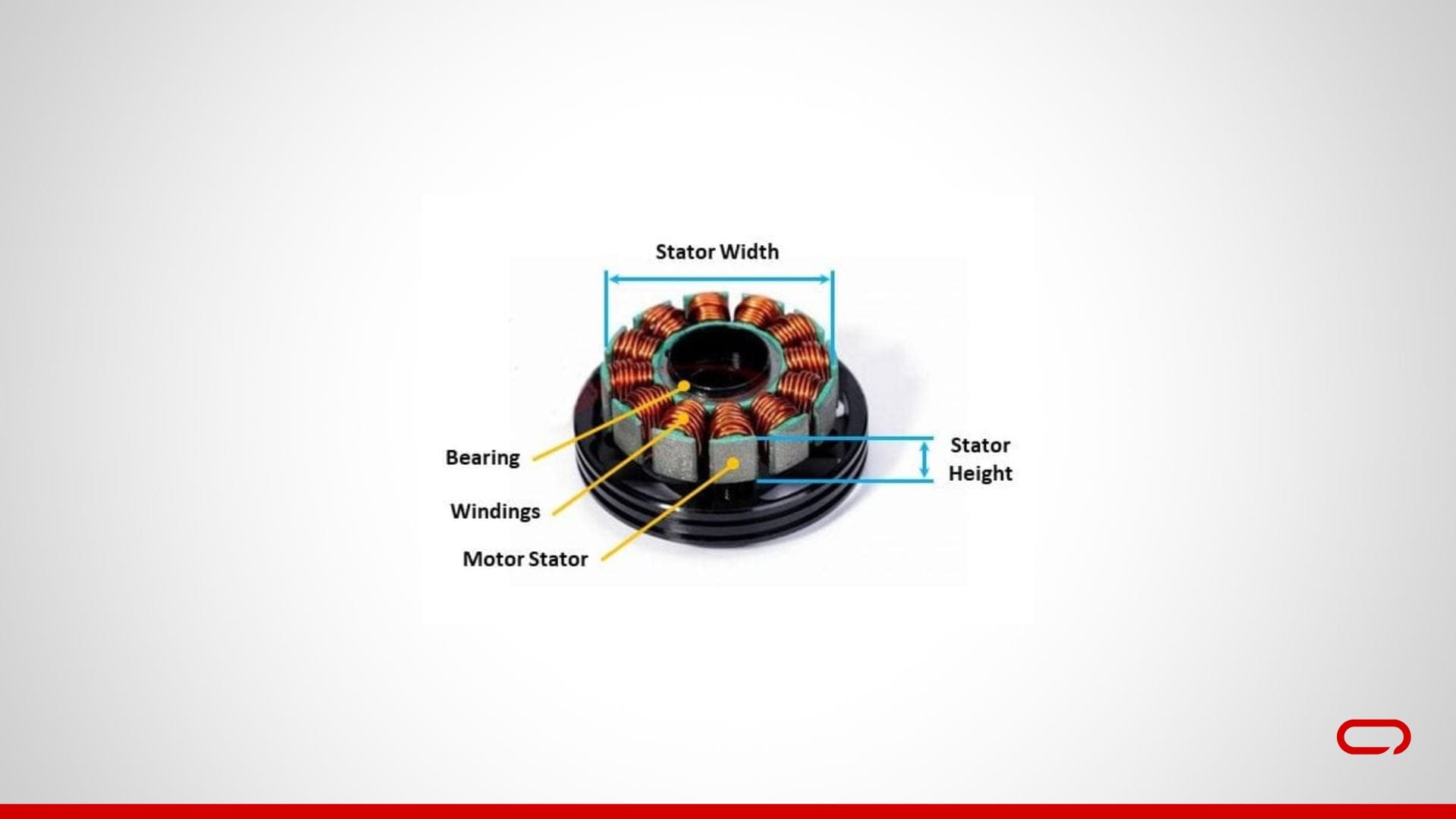
KV Rating (RPM/Volt): Determines rotational speed per volt applied. Higher KV = higher RPM, lower torque. Lower KV = lower RPM, higher torque.
Stator Size: Expressed as AABB format where AA = diameter (mm), BB = height (mm). Larger stators generate more torque and can handle higher currents.
Pole Count: More poles typically provide smoother operation and better torque characteristics, but may reduce top-end RPM.
Motor Weight: Critical for overall quad performance and flight characteristics, especially in smaller builds.
Mounting Pattern: Standardized hole spacing for secure motor attachment to the frame.
Tiny Whoop Class (65-85mm Frames)
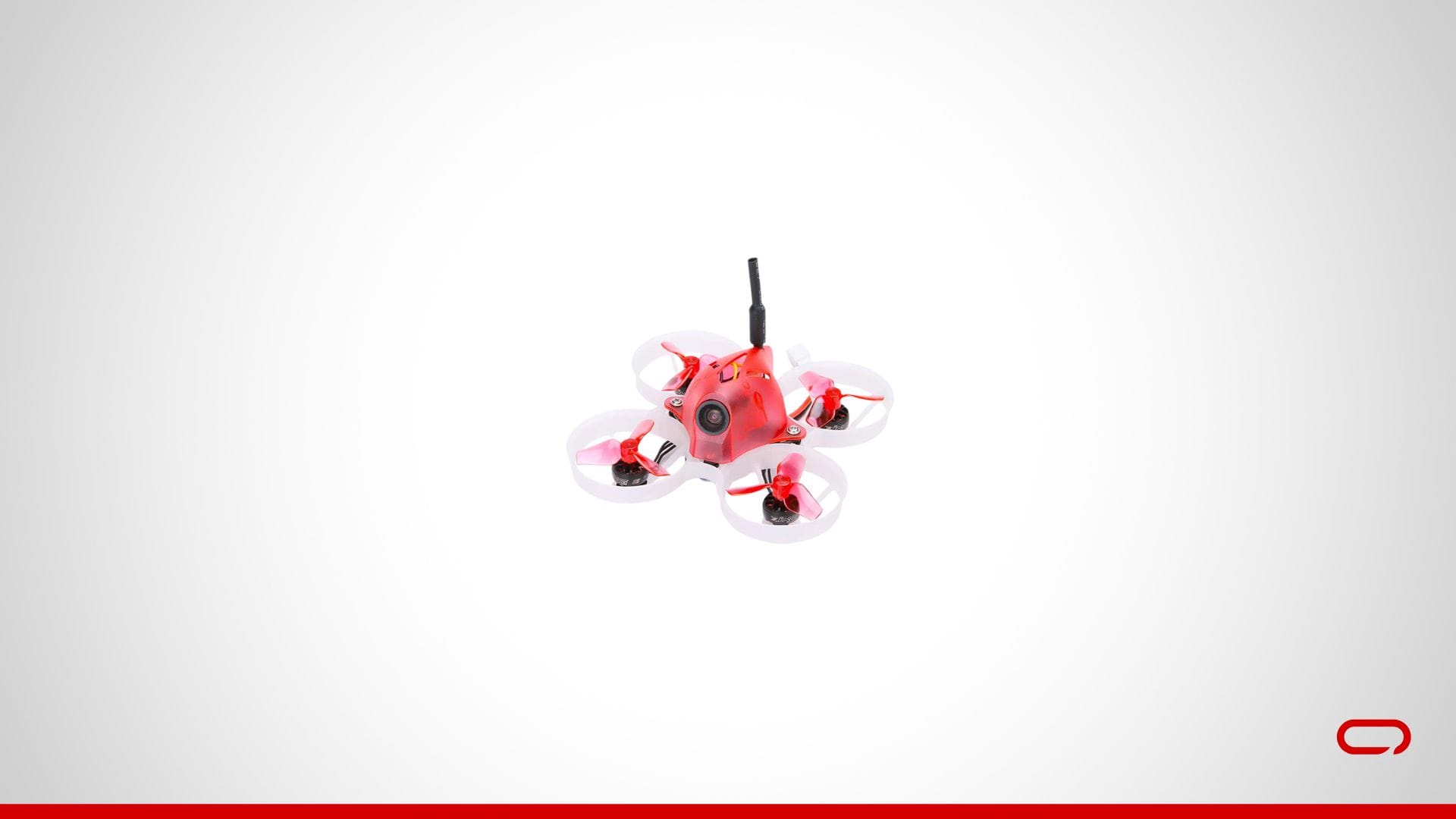
Tiny Whoops represent the smallest category of FPV drones, designed primarily for indoor flight and ultra-portable outdoor sessions.
65mm Tiny Whoops
Motor Sizes: 0702, 0802
Optimal KV Range:
- 1S: 23,000-30,000 KV for triblade props, 30,000+ KV for two-blade props
Stator Dimensions: 7-8mm diameter, 2mm height
Motor Weight: 1.8-2.2g (0702: 1.8g, 0802: 1.95g without cable, 2.15g with cable and connector)
Mounting Pattern: 6mm x 6mm (M1.0 screws) Note: Verify specific motor mounting pattern as some motors may vary
Pole Configuration: 9-12 poles typical for this size class
Recommended Propellers: 31mm (1.2") triblade or two-blade
Total Build Weight: 16-22g dry weight
Battery Configuration: 1S 260-450mAh LiPo
75mm Tiny Whoops
Motor Sizes: 0802, 1002, 1102, 1103
Optimal KV Range:
- 1S: 20,000-25,000 KV
- 2S: 12,000-14,000 KV
- 3S: 8,000-11,000 KV
Stator Dimensions: 8-11mm diameter, 2-3mm height
Motor Weight: 2-4g depending on size (0802: 2g, 1102: 3-3.5g, 1103: 3.5-4g)
Mounting Pattern: 6-7mm x 6-7mm for 0802, 7mm x 7mm (M1.2 screws) for 1102/1103 Note: Always verify mounting pattern for your specific motor model
Pole Configuration: 9-12 poles typical
Recommended Propellers: 40mm (1.6") triblade or two-blade
Total Build Weight: 20-70g dry weight depending on cell count
Battery Configuration: 1S 260-450mAh, 2S 300-500mAh, 3S 300-450mAh LiPo
Ultralight and Cinewhoop Class (2-3.5 inch)
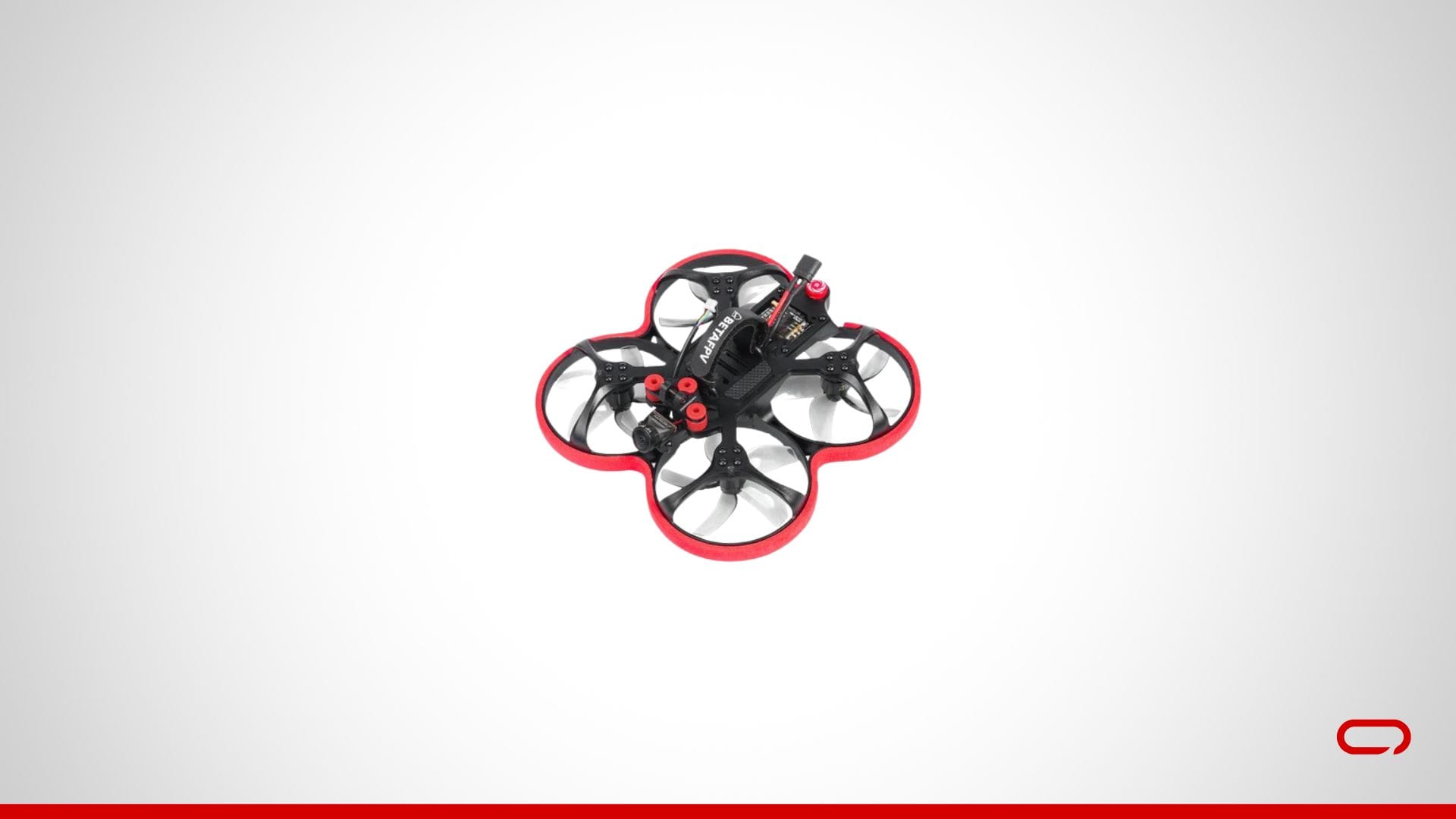
This category bridges the gap between tiny whoops and traditional 5" quads, offering versatility for both indoor and outdoor flight.
2" Ultralight/Cinewhoop
Motor Sizes: 1003, 1103, 1203, 1303, 1404
Optimal KV Range:
- 2S: 7,500-15,000 KV
- 3S: 6,000-8,000 KV
- 4S: 5,000-6,000 KV
Stator Dimensions: 10-14mm diameter, 3-4mm height typical
Motor Weight: 4-8g for ultralight, 8-12g for cinewhoop variants
Mounting Pattern: 7-12mm x 7-12mm (M1.2-M1.6 screws) Note: Ranges from 7x7mm to 12x12mm depending on motor size
Pole Configuration: 9-12 poles typical
Recommended Propellers: 2" (50mm) bi-blade or tri-blade
Total Build Weight: 30-140g dry weight
Battery Configuration: 2S 300-650mAh, 3S 450-850mAh, 4S 450-650mAh LiPo
3" Freestyle/Long Range
Motor Sizes: 1303, 1404, 1407, 1506, 1507, 1606
Optimal KV Range:
- 3S: 4,000-5,000 KV for freestyle
- 4S: 3,000-4,200 KV for freestyle
- 6S: 2,700-3,000 KV for freestyle
Long Range Configurations:
- 4S: 2,500-3,000 KV with Li-Ion batteries
- 6S: 1,800-2,200 KV with Li-Ion batteries
Stator Dimensions: 13-16mm diameter, 3-7mm height
Motor Weight: 8-25g depending on size (1303: 8-12g, 1407: 12-18g, 1507: 15-25g)
Mounting Pattern: 9-16mm x 9-16mm (M1.6-M2 screws) Note: 12x12mm M2 for smaller motors, 16x16mm for larger variants
Pole Configuration: 9-12 poles typical
Recommended Propellers: 3" (76mm) bi-blade or tri-blade
Total Build Weight: 80-200g dry weight
Battery Configuration: 3S 650-1000mAh, 4S 650-1300mAh, 6S 850-1500mAh LiPo/Li-Ion
Mini Racing Class (5 inch)
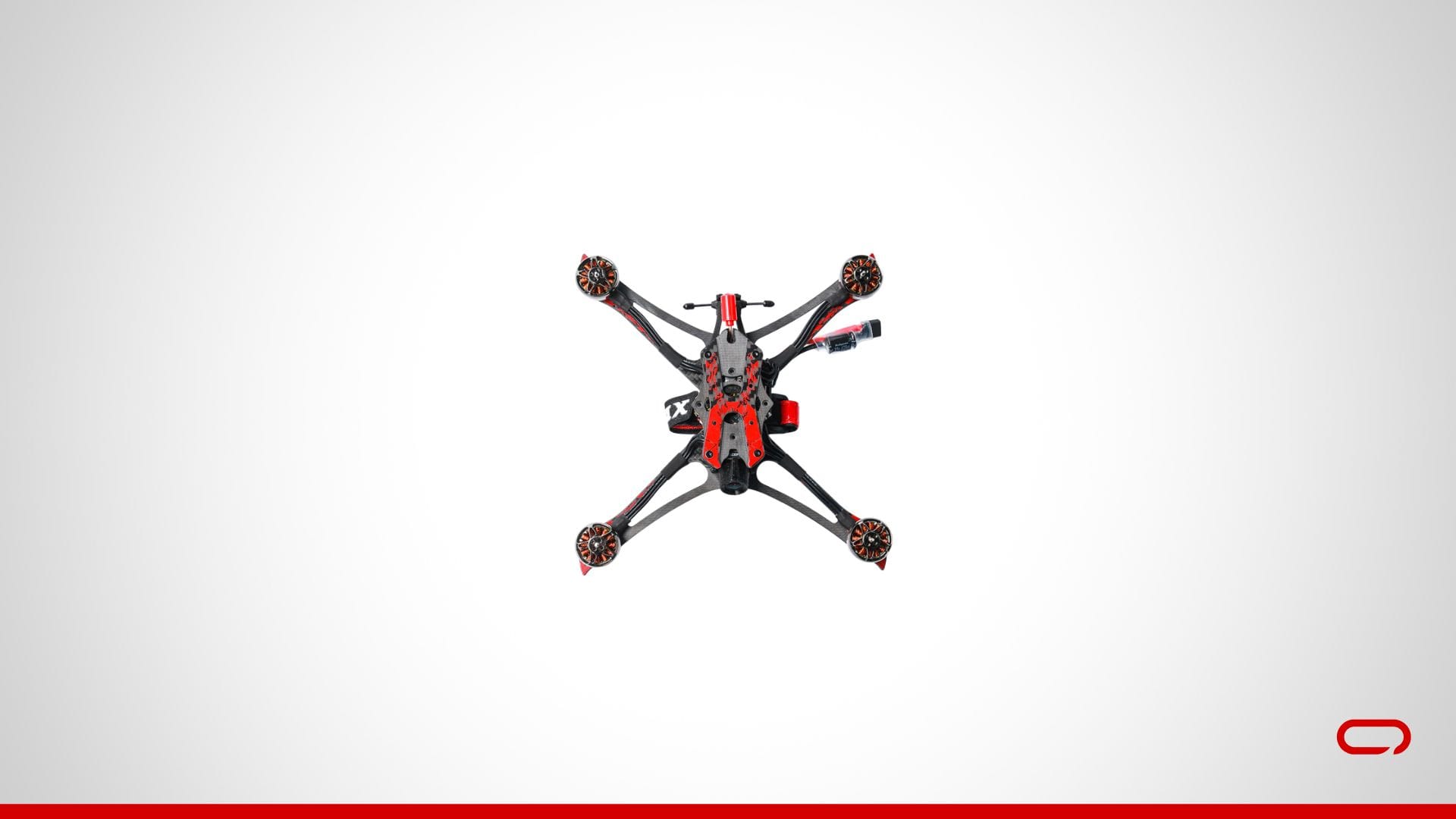
The 5" class represents the most popular and versatile category in FPV, suitable for racing, freestyle, and general flying.
5" Racing Configuration
Motor Sizes: 2205, 2206, 2207, 2208, 2306, 2308
Optimal KV Range:
- 4S: 2,500-3,000 KV for racing applications
- 6S: 1,900-2,300 KV for racing applications
Stator Dimensions: 22-23mm diameter, 5-8mm height
Motor Weight: 25-35g typical (2207: 28-32g, 2306: 30-35g)
Mounting Pattern: 16mm x 16mm or 16mm x 19mm (M3 screws) Note: Both patterns supported by modern 5" frames
Pole Configuration: 12-14 poles (6-7 pairs) common for racing
Recommended Propellers: 5" (127mm) tri-blade for racing
Total Build Weight: 250-300g dry weight
Battery Configuration: 4S 1300-1500mAh, 6S 1000-1300mAh LiPo
5" Freestyle Configuration
Motor Sizes: 2206, 2207, 2208, 2306, 2307, 2308
Optimal KV Range:
- 4S: 2,300-2,700 KV
- 6S: 1,700-2,100 KV (Lower KV motors provide smooth, predictable feel while maintaining good power efficiency)
- 8S: 1,500-1,700 KV
Stator Dimensions: 22-23mm diameter, 6-8mm height
Motor Weight: 28-38g typical (2207: 30-35g, 2306: 32-38g)
Mounting Pattern: 16mm x 16mm or 16mm x 19mm (M3 screws)
Pole Configuration: 12-14 poles (6-7 pairs) are common for balanced performance
Recommended Propellers: 5" (127mm) tri-blade or bi-blade
Total Build Weight: 300-450g dry weight
Battery Configuration: 4S 1300-1800mAh, 6S 1000-1500mAh, 8S 1000mAh LiPo
Long Range Class (6-7 inch)
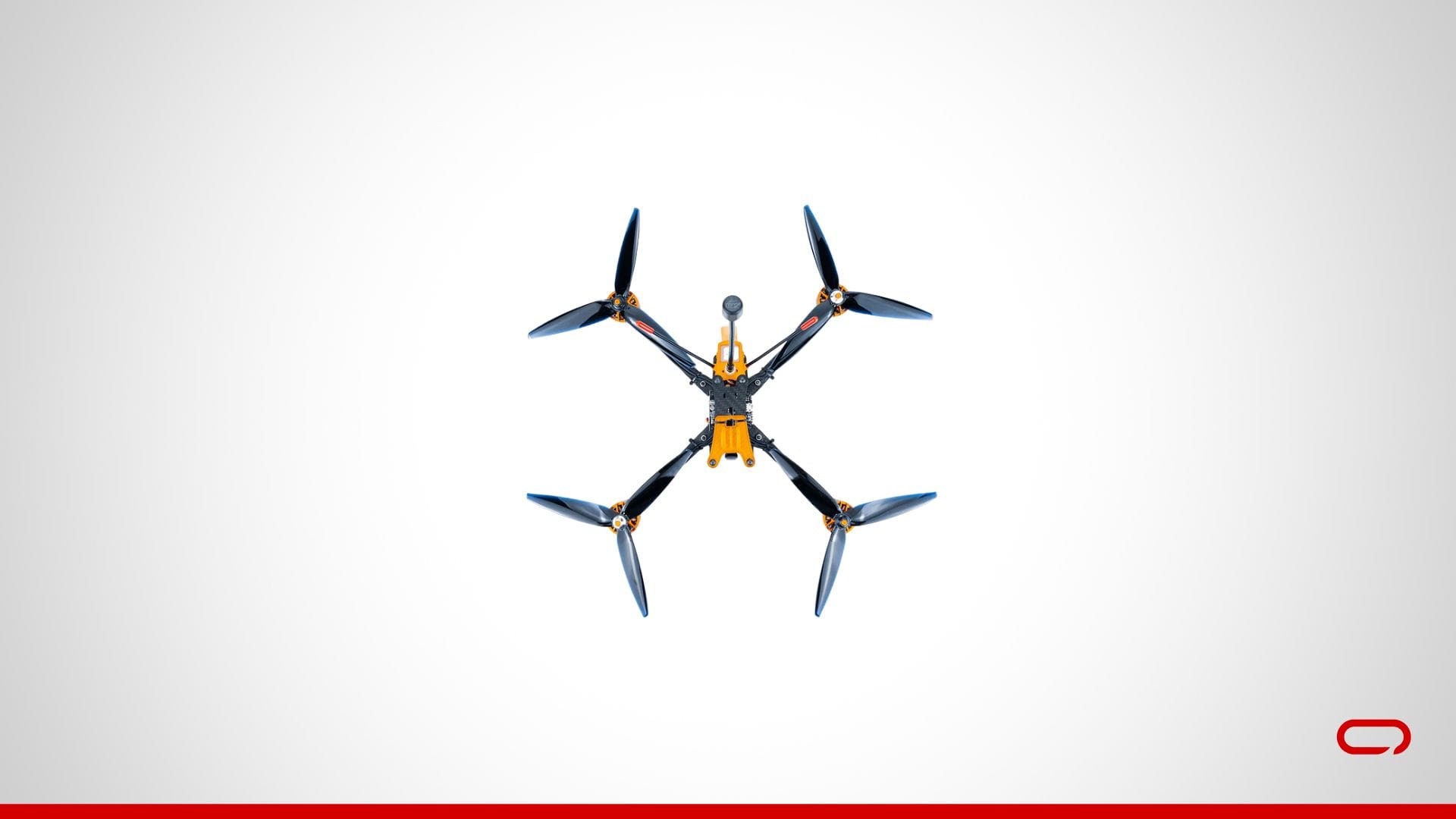
Optimized for efficiency and extended flight times, often using larger batteries and more efficient propellers.
6" Configuration
Motor Sizes: 2207, 2208, 2306, 2307, 2308, 2407
Optimal KV Range:
- 4S: 2,100-2,500 KV
- 6S: 1,500-1,900 KV
Stator Dimensions: 22-24mm diameter, 7-8mm height
Motor Weight: 30-45g typical (2207: 32-38g, 2407: 40-45g)
Mounting Pattern: 16mm x 16mm or 16mm x 19mm (M3 screws)
Pole Configuration: 12-14 poles typical
Recommended Propellers: 6" (152mm) bi-blade or tri-blade
Total Build Weight: 300-450g dry weight
Battery Configuration: 4S 1800-2200mAh, 6S 1300-1800mAh LiPo/Li-Ion
7" Long Range
Motor Sizes: 2306, 2307, 2308, 2407, 2507, 2806, 2806.5
Optimal KV Range:
- 4S: 1,600-1,900 KV with Li-ion batteries
- 6S: 980-1,500 KV, with 1,200-1,500 KV being optimal for efficiency with Li-ion batteries
Stator Dimensions: 23-28mm diameter, 6-8mm height
Motor Weight: 35-65g typical (2307: 35-42g, 2806.5: 55-65g)
Mounting Pattern: 16mm x 16mm or 16mm x 19mm (M3 screws) Note: Some 2806+ motors may use 19x19mm patterns
Pole Configuration: 12-14 poles typical
Recommended Propellers: 7" (178mm) bi-blade
Total Build Weight: 350-500g dry weight
Battery Configuration: 4S 2200-4000mAh Li-ion, 6S 1800-3000mAh Li-ion for extended range
Stator Advantages: Larger 2806.5 stator provides higher torque at lower RPMs, easily drives heavier, larger 7" props, offering superb low-speed stability and wind resistance
Professional/X-Class (8+ inch)
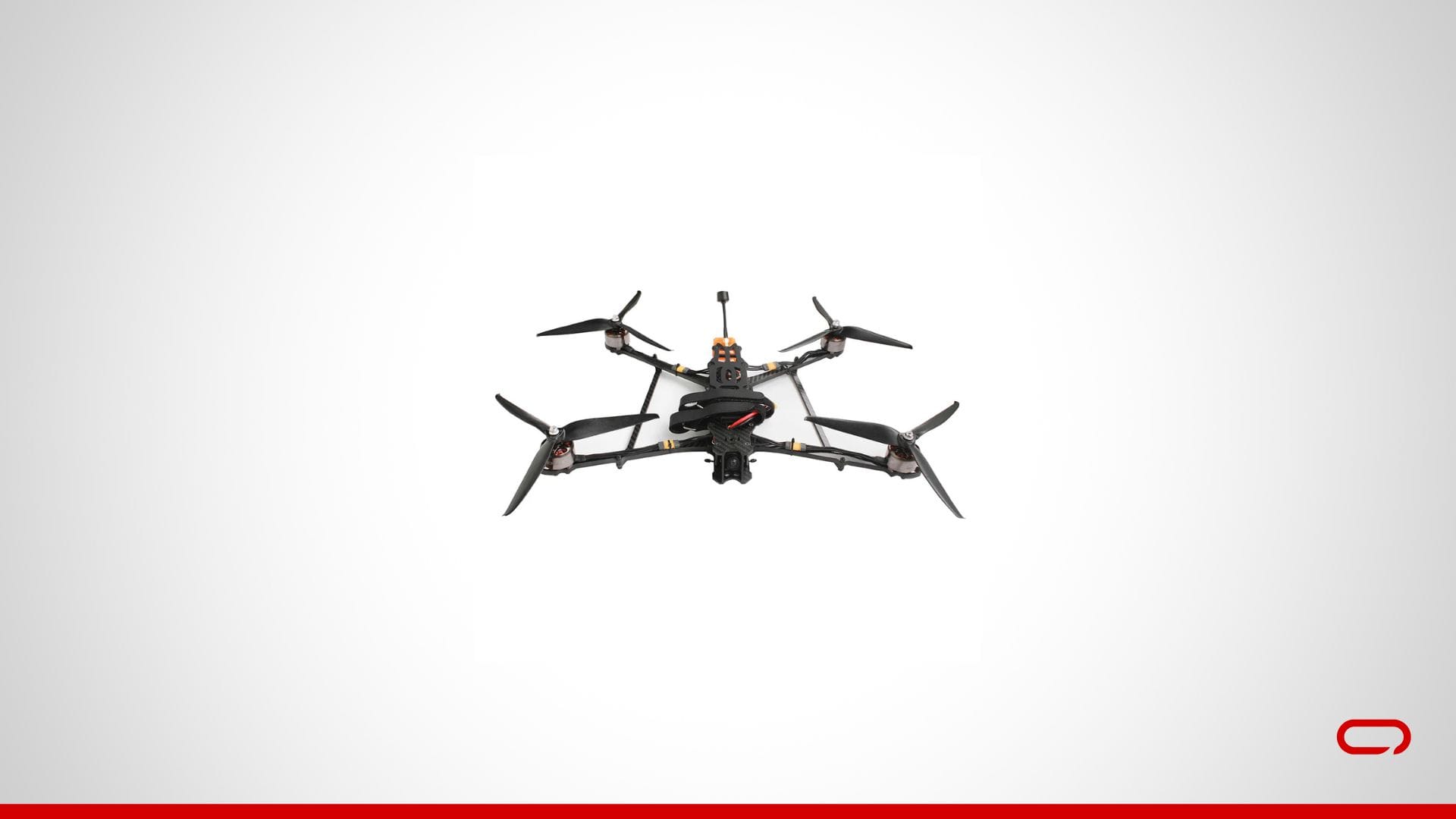
Reserved for specialized applications including aerial cinematography, heavy lift, and extreme long range.
8-10" Configuration
Motor Sizes: 2808, 2810, 2814, 3108, 3110, 3115, 3214
Optimal KV Range:
- 6S: 900-1,200 KV for 8", 700-900 KV for 10"
- 12S: 400-500 KV for 10"
Stator Dimensions: 28-32mm diameter, 8-15mm height
Motor Weight: 60-150g depending on size (2808: 60-80g, 3115: 120-150g)
Mounting Pattern: 19mm x 19mm or 25mm x 25mm with M3/M4 hardware Note: Larger motors may require custom mounting solutions
Pole Configuration: 18-24 poles (9-12 pairs) common for smooth operation
Recommended Propellers: 8-10" (203-254mm) bi-blade
Total Build Weight: 800-1500g dry weight
Battery Configuration: 6S 3000-6000mAh, 12S 3000-8000mAh LiPo/Li-Ion
13-15" X-Class
Motor Sizes: 4014, 4108, 4114, 5008, 5010, 6215
Optimal KV Range:
- 12S: 250-360 KV
- 24S: 150-200 KV (specialized applications)
Stator Dimensions: 40-62mm diameter, 8-15mm height
Motor Weight: 150-400g+ typical (4014: 150-200g, 6215: 300-400g)
Mounting Pattern: 25mm x 25mm, 30mm x 30mm, or custom patterns (M4-M6 hardware)
Pole Configuration: 24-36 poles (12-18 pairs) for ultra-smooth operation
Recommended Propellers: 13-15" (330-381mm) bi-blade carbon fiber
Total Build Weight: 2000-4000g+ dry weight
Battery Configuration: 12S 6000-16000mAh, 24S 8000-22000mAh specialized batteries
Applications: Professional cinematography, heavy payload delivery, extreme long range missions
Special Considerations: Require specialized ESCs rated for high voltage and current, premium mounting hardware, and advanced flight controller tuning
Motor Selection Best Practices
Power System Matching
Voltage Considerations: Lower KV motors paired with larger props draw less current and provide extended flight times for long-range applications
Efficiency Optimization: Larger stators generally produce more torque, supporting larger propellers while maintaining efficiency
Build-Specific Recommendations
Racing Priority: Higher KV for maximum responsiveness and acceleration
Freestyle Priority: Balanced KV for power and control
Cinematic Priority: Lower KV for smoothness and stability Long Range Priority: Lower KV motors (1200-2300 KV) for efficiency and predictable handling
Quality Indicators
Bearing Systems: Premium motors feature ball bearings for reduced friction and extended life
Magnet Quality: N52 rare-earth magnets provide superior magnetic strength
Build Quality: Precision machined aluminum construction and quality connectors indicate professional-grade components
Propeller Integration
Motor selection must consider propeller compatibility:
Triblade Props: Require higher KV due to increased drag
Two-blade Props: More efficient, can use lower KV
Material Impact: Carbon fiber props are lighter but may require different motor tuning than plastic equivalents
Conclusion
Choosing the right motor for your FPV drone isn't just about matching numbers it's about understanding how each component works together to create the flying experience you want. Whether you're threading the needle with a 65mm whoop through your living room or launching a 7-inch long-ranger across miles of countryside, the motor sits at the heart of everything your drone does.
The sweet spot isn't always the highest KV or the biggest stator. Sometimes it's the 2306 2400KV that gives you just enough punch for freestyle without drinking your battery dry. Sometimes it's that efficient 2806.5 1400KV that keeps you airborne for 45 minutes of cruising. The best motor choice comes down to honest assessment of what you actually fly, not what you think you might want to try someday.
Don't get caught up in the spec sheet rabbit hole. Yes, pole counts matter for smoothness, and yes, stator size affects torque, but at the end of the day, a well-tuned quad with "mediocre" motors will fly circles around a poorly set up quad with premium everything. Start with motors that fit your realistic performance envelope and budget, then focus on getting the tune dialed in.
The FPV motor market moves fast, but the fundamentals stay the same. Bigger stators for more torque, lower KV for efficiency, higher KV for punch. Match your expectations to your battery limitations, and remember that the most expensive motor in the world won't fix poor prop choice or sloppy wiring.
Build what you'll actually fly, tune it properly, and worry about upgrading motors when you've genuinely outgrown what you have. The best motor is the one that gets you in the air consistently, not the one gathering dust on your bench because you're afraid to crash it.

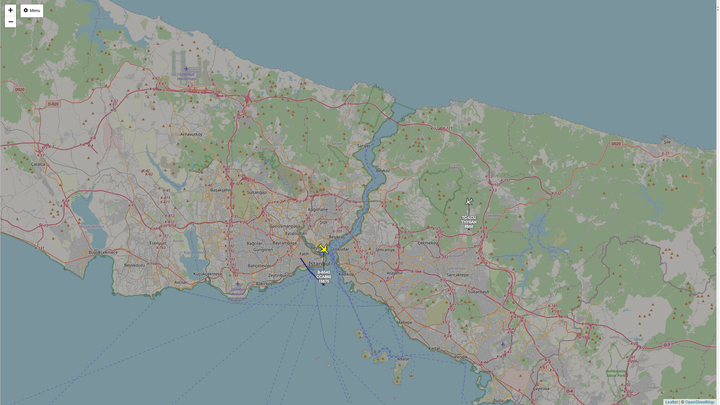

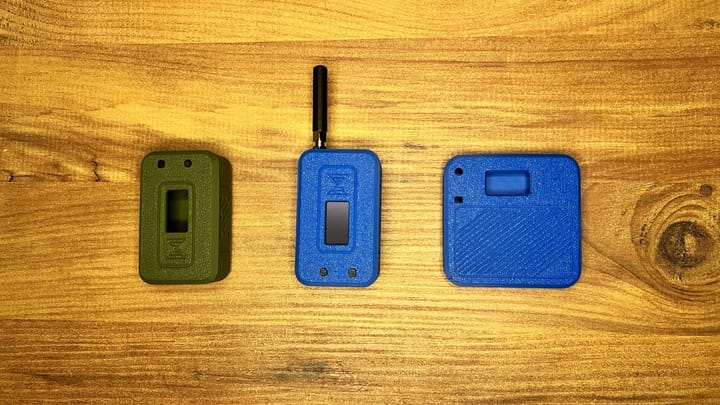
Comments ()